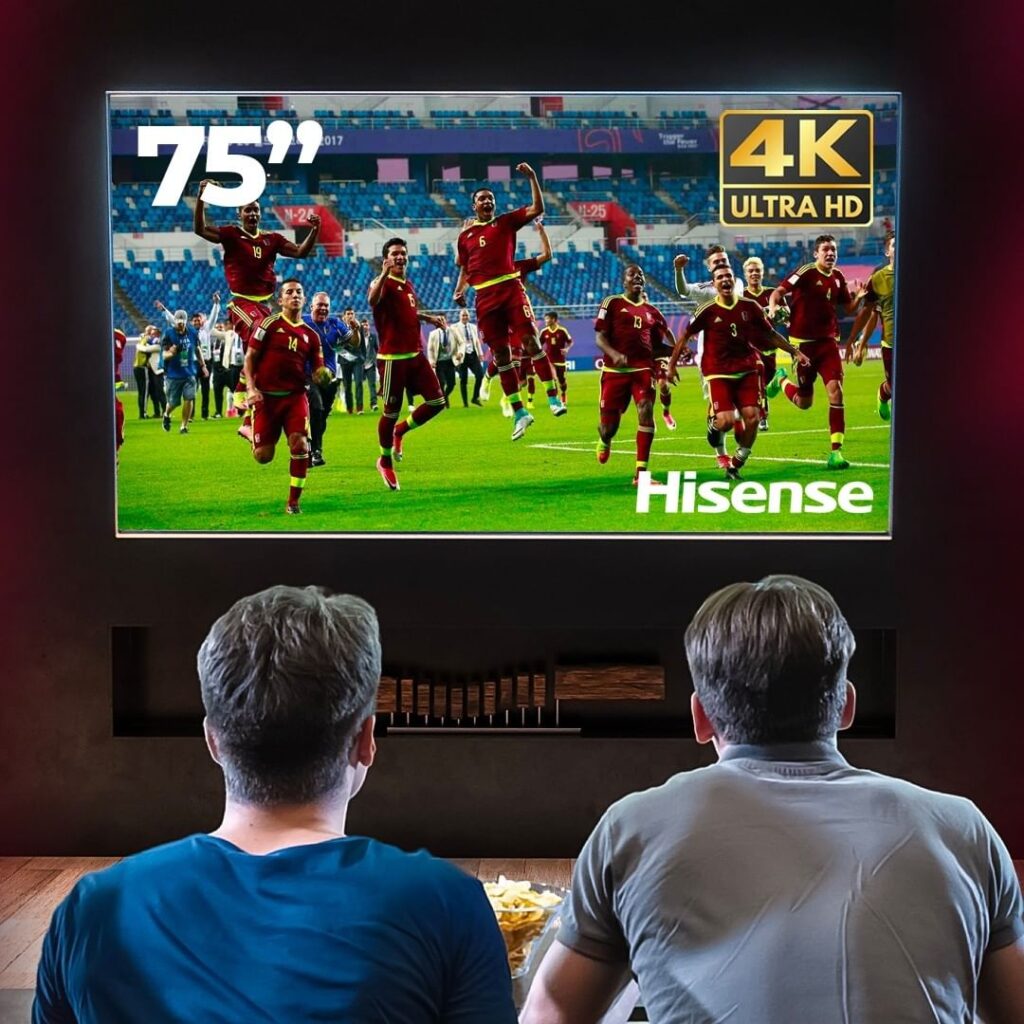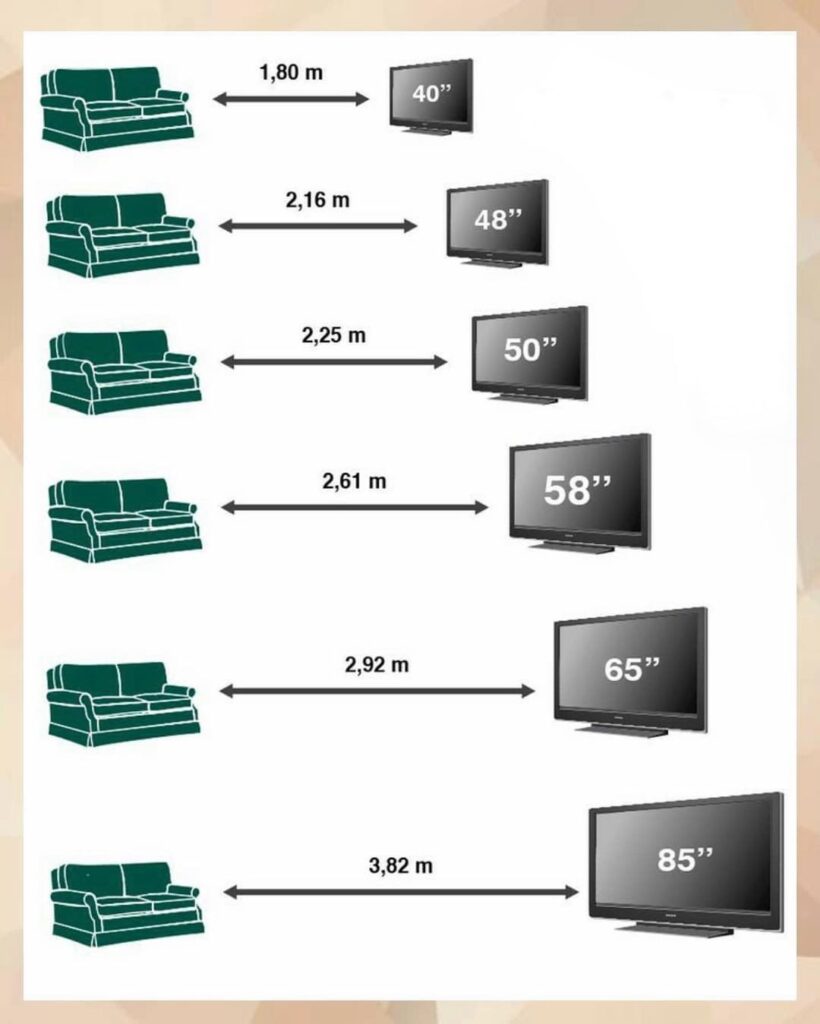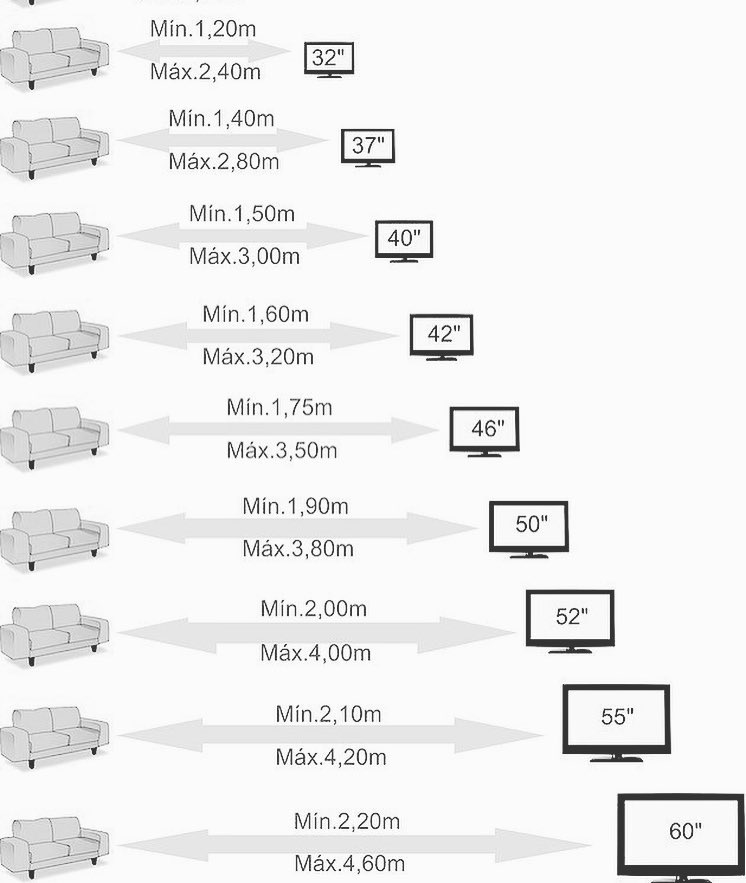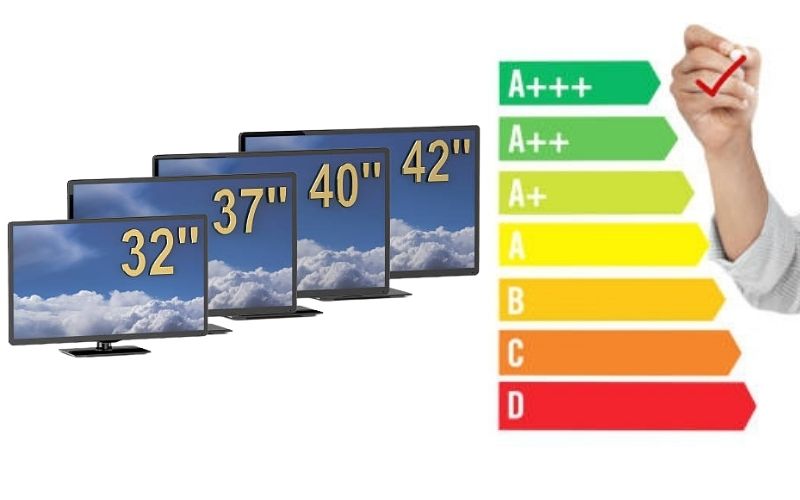Last Updated on 3 years by On Trends Gear
Do you know that in the market today, not all flat Screen TV Sizes are reliable? In this guide, I’ll give you detailed info about the most reliable and best flat-screen TVs for your home, office, etc.
Since the advent of technology to our home appliances, TVs moved from CRT TVs to flat-screen TVs and this made it possible for us to view assorted colours with high resolution when watching our TV.
In as much as this, TV manufacturers have improved their display technology and this makes it possible to have Flat Screen TV Sizes.
These flat-screen TVs are very thin in shape, regardless of the heavy-duty processor and display resolution that it comes with.
Are you planning to change or upgrade your former TV to a 4K model? Do you want to enjoy the latest display technology in your viewing experience?
We have found a buyer’s guide to choosing only the best flat-screen TV for your relaxation.
Since these flat-screen TVs are wide but thin, we recommend mounting them on a wall to enable you to have more space in your room or office.
Table of Contents
Understanding TV Viewing Distance And Sizes

Have you ever decided to calculate or know the viewing distance for your TV or the gap you are meant to give the TV to ensure good sight even when you stayed long watching your TV?
In this section, we will be discussing how to calculate the viewing distance for your TV no matter the screen size of your TV.
Moreover, when buying a flat-screen TV for your home or office, there are certain things you must put into consideration.
Some of them are: what size of TV will best fit my room or apartment? Also, what will be the best viewing distance that I should know before intending to mount the flat-screen TV.
In as much as this, the two questions look alike because they are dependent on each other.
The screen size of every TV determines the viewing distance to consider before planning on where to mount the Flat Screen TV Sizes.

Before technology advanced in the design of TV screen resolution, some lightning from our TV usually affects the human eyes especially when we stay very close to the TV over a long period.
Moreover, the negative effect is still there but currently, those negative effects on the human eyes have been reduced.
The contrast, the lightning, and intelligent colour mixture technology help to reduce those negative effects that occur when we stay close to our TV for a long time.
Even when you have the money to get a wide-screen TV, you should not just go ahead to purchase it with recommendations.
That big-screen TV that you have in mind may not be suitable for your room because the viewing distance will be too close to your eyes and it will affect your sight.
In the below section, we will explain to you how to calculate the TV size and viewing distances using different TV screens and sizes for example.
How To Calculating TV Screen Size and Viewing Distance
Here we will be discussing different ways you can work the best TV size and viewing distance in your room no matter the dimension and size of your room.
Moreover, this calculation will help you to know where you can stay to watch your TV without having any negative effect on your sight.

I will give you a few samples of how you determine the viewing distance of your TV depending on the size of the TV that you have.
For 32 INCHES TV
Minimum Viewing Distance For Movies (40° FOV): 3.2 feet (1 meter)
THX Recommended Viewing Distance (36° FOV): 3.6 Feet (1.1 meters)
THX Maximum Viewing Distance (26° FOV): 6.3 Feet (1.9 meters)
Maximum Viewing Distance For General Viewing (20° FOV): 8.4 Feet (2.6 meters)
For 40 INCHES TV
Minimum Viewing Distance For Movies (40° FOV): 4 feet (1.2 meters)
THX Recommended Viewing Distance (36° FOV): 4.5 Feet (1.4 meters)
THX Maximum Viewing Distance (26° FOV): 5.1 Feet (1.6 meters)
Maximum Viewing Distance For General Viewing (20° FOV): 6.7 Feet (2 meters)
For 50 INCHES TV
Minimum Viewing Distance For Movies (40° FOV): 5 feet (1.5 meters)
THX Recommended Viewing Distance (36° FOV): 5.6 Feet (1.7 meters)
THX Maximum Viewing Distance (26° FOV): 7.9 Feet (2.4 meters)
Maximum Viewing Distance For General Viewing (20° FOV): 10.5 Feet (3.2 meters)
For 60 INCHES TV
Minimum Viewing Distance For Movies (40° FOV): 5 Feet (1.5 meters)
THX Recommended Viewing Distance (36° FOV): 5.6 Feet (1.7 meters)
THX Maximum Viewing Distance (26° FOV): 7.9 Feet (2.4 meters)
Maximum Viewing Distance For General Viewing (20° FOV): 10.5 Feet (3.2 meters)
For 65 INCHES TV
Minimum Viewing Distance For Movies (40° FOV): 6.5 Feet (2 meters)
THX Recommended Viewing Distance (36° FOV): 7.3 Feet (2.2 meters)
THX Maximum Viewing Distance (26° FOV): 10.3 Feet (3.1 meters)
Maximum Viewing Distance For General Viewing (20° FOV): 13.7 Feet (4.2 meters)
How to Measure the Screen Size of a Flat-Screen TV
To measure the size of flat-screen TVs, you need to understand how to measure the diagonal of objects.
The diagonal is simply the line from the top-right corner of the flat-screen TV to the bottom-left corner of the screen TV (while taking this measurement, ensure that the flat-screen TV body parts are not included – just the glass screen).
Normally TV screens are measured in inches. This is to have a unique measurement value as well as make it easy to calculate their various sizes in the market.
In as much as this, some TV manufacturing companies sometimes list the width and the height of the TV in the carton or pack of the TV.
As we said earlier, using the diagonal is easier to calculate the screen size of any TV. Furthermore, there are two major types of TV – they are the LED TV and the OLED TV.
As much as they are all flat-screen TVs, they come in different screen sizes.

Because of people’s demand and choices, TV manufacturing companies produce assorted sizes of flat-screen TV which range from 15-100 inches or even more.
Most of these large screen TVs are majorly installed in companies.
Currently, OLED TVs come in larger screens, ranging from 50- inch up to 85-inch or more.
So the features you’re looking for in flat-screen TVs may vary depending on the TV size that you want to purchase.
In as much as this, there are other things that you also need to consider when you have concluded on the TV screen size that will best fit your room, office, or apartment.
The below section explains more of the viewing distance you need to consider when you have gotten your TV screen size.
How To Find the Best Flat Screen Size and its Viewing Distance

When you have gotten the best flat-screen TV size for your room, other factors will affect some opinions that you have assumed before making your final decision on the TV screen size.
Some of these factors are:
- Your taste
- How effective your eyesight is.
- The exact resolution of the images and videos that you are watching with your TV.
- The dimension of your room
- How your room is located or arranged.
While different people have several tastes even down to one particular object,
If, for example, a husband and his wife are staying in one room, they are likely to have different opinions and tastes concerning the viewing position and distance of the flat-screen TV.
With this, we can get some numeric numbers that can be used to calculate the viewing distance that will be okay for the couples.
If you prefer calculating your viewing distance with spreadsheets, you can use the home theater spreadsheet calculator to find the exact viewing distance that best fits your flat screen TV for your room.
In as much as this, the calculations can also be used for projector screens (it is not limited to flat-screen TVs only).
Conclusion
This guide was focused on helping a lot of people out there to know an in-depth specification of the best flat-screen TVs which they may intend to buy.
We also explained how to calculate TV viewing distance as well as other related dimensions that should be considered when planning to get a new TV for your apartment.
Also, the major difference between an OLED and LED TV were explained to everyone’s understanding using clear features of every one of them.
Our Recommended Best Flat Screen TV Sizes Brands
| Image | Product | Features | Price |
|---|---|---|---|
 |
| View On AmazonView On BestBuy | |
 |
| View On AmazonView On BestBuy | |
 |
| View On AmazonView On BestBuy | |
 |
| View On AmazonView On BestBuy | |
 |
| View On Amazon | |
 |
| View On AmazonView On Walmart | |
 |
| View On AmazonView On BestBuy |